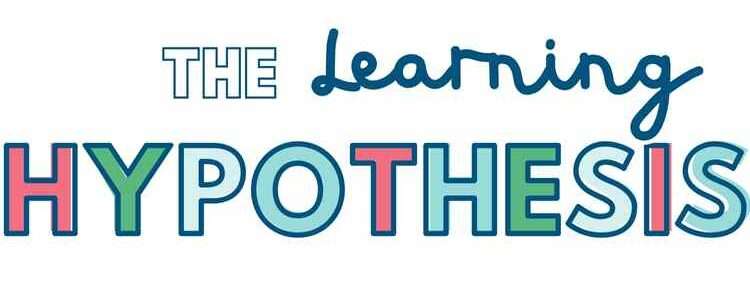The Moon Changes: 4 Phases of the Moon Activities for Kids

The phases of the moon are a topic covered early and often in a child’s education. It starts with a simple peek at the night sky and goes from there.
For young kids, my favorite science series is the Let’s Read and Find Out Science series of books. These books cover topics from matter to dolphins and yes even the moon. This post contains affiliate links for your convenience, you can read my full disclosure here.
A large group of writers has come together to offer activities to go along with many of the books in this fabulous series. Click the following link to access all of the amazing book reviews and extension activities for this series.

The Moon Seems to Change
My contribution is about the phases of the moon. Like many of you, my household was taken over by the North American eclipse this year. We were in the path of totality so it was an amazing experience for our family (my husband especially).
We talked a lot about the solar system leading up to the eclipse, but the largest focus was the relationship between the sun, moon, and Earth. That is what causes the eclipse.
Sun, Moon, and Earth Project Ideas
Relationship
The first thing that is important for kids to understand is the relationship between the sun, moon, and earth.
The Sun is the center. The earth circles the sun. The moon circles the earth. Each one is much smaller than the next.
The first of the sun, moon, and earth project ideas is to make a rotational model.
Grab your own Sun, Moon, and Earth Model.

The Dark Side of the Moon
The second concept is that the moon doesn’t have its own light source. In fact, the moon’s glow is actually the reflection of the sun. This means that only half of the moon is lit up at any time and it is only the half that is facing the sun.
That half is not the same half that is always facing the earth due to the rotation of the earth and moon.
The second of the sun, moon, earth, project ideas is to use a ping pong ball as the moon. Place a rubber band around the ball and color half the moon with a black permanent marker. This divides the moon into a dark and light side.

How the Dark Side Impacts the Phases of the Moon
This is the third of sun, moon, and earth project ideas. Using the ping-pong ball moon the kids will observe the phases of the moon.
Each kiddo gets a chance to be in the center of a circle (the kiddo is the earth). The moon will rotate around the earth, but the light side will always face the sun (flashlight in front of the kiddo). As the “moon” moves around the “earth” the earth can only see a portion of the lit side of the moon for most of the time. This observance of only a part of the light side of the moon creates the phases of the moon or the lunar cycle.
Extra Practice with a Moon Phases Worksheet
The fourth sun, moon, and earth project idea uses cookies. Using the printable moon phases worksheet, kids can draw in the phases of the moon. They could also cut and paste the attached photos to the moon phases worksheet or use chocolate sandwich cookies for illustration.
 Those are FOUR sun, moon, and earth project ideas to help students understand the moon phases. These adaptable projects will work for kids from preschool to high school. Using different texts and vocabulary would deepen the scope of the activities.
Those are FOUR sun, moon, and earth project ideas to help students understand the moon phases. These adaptable projects will work for kids from preschool to high school. Using different texts and vocabulary would deepen the scope of the activities.
Other Solar System Extensions
We have enjoyed our study of the solar system this semester (especially when we were preparing for the eclipse in August). My kids are noticing and pointing out objects in the sky more and more.
So when I was contacted by Rosie Research about their solar system bracelet, I was thrilled to get one and put it together to share with you. I was given this product in exchange for an honest review.
This is what it looks like…

As you can see, it is really a pretty bracelet and is something lots of kids (and teachers) would enjoy. It is a great representation of the solar system and even represents the objects in relative scale. The bracelets can accommodate children and adults and sized accordingly.
This is not a project that young kids could easily do. The small spacer beads are small and difficult to thread. This would be best for a child that is probably 7+ with better fine motor control.
If you are looking for something special for your space enthusiast, this fits the bill.

They have other bracelets as well so make sure to check out the offerings at Rosie Research







